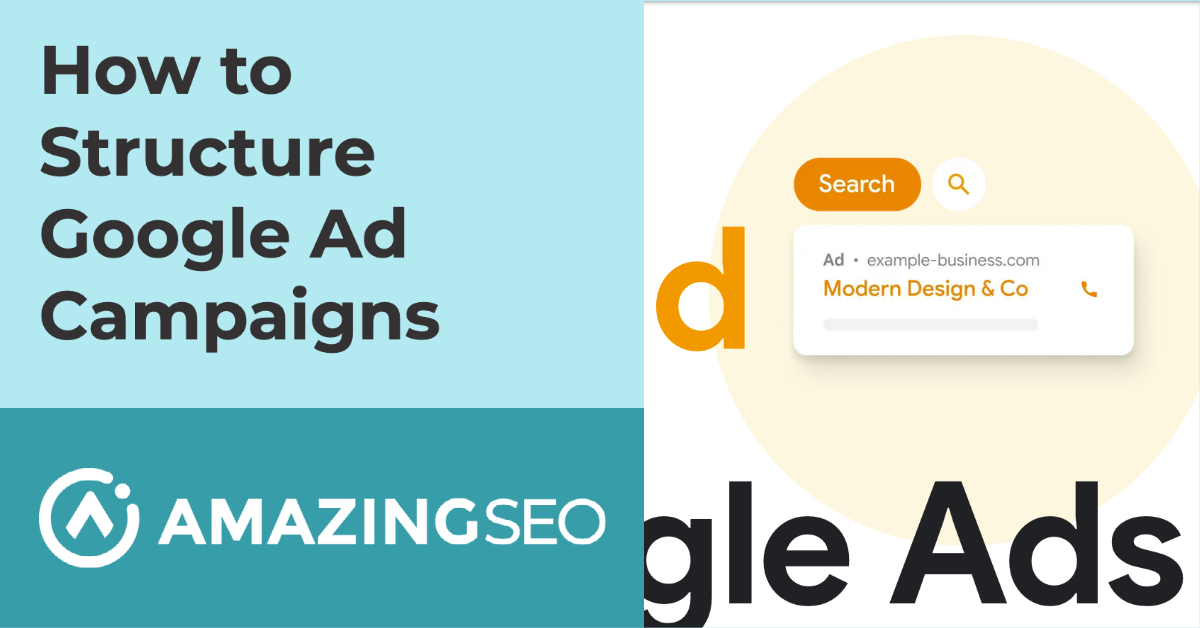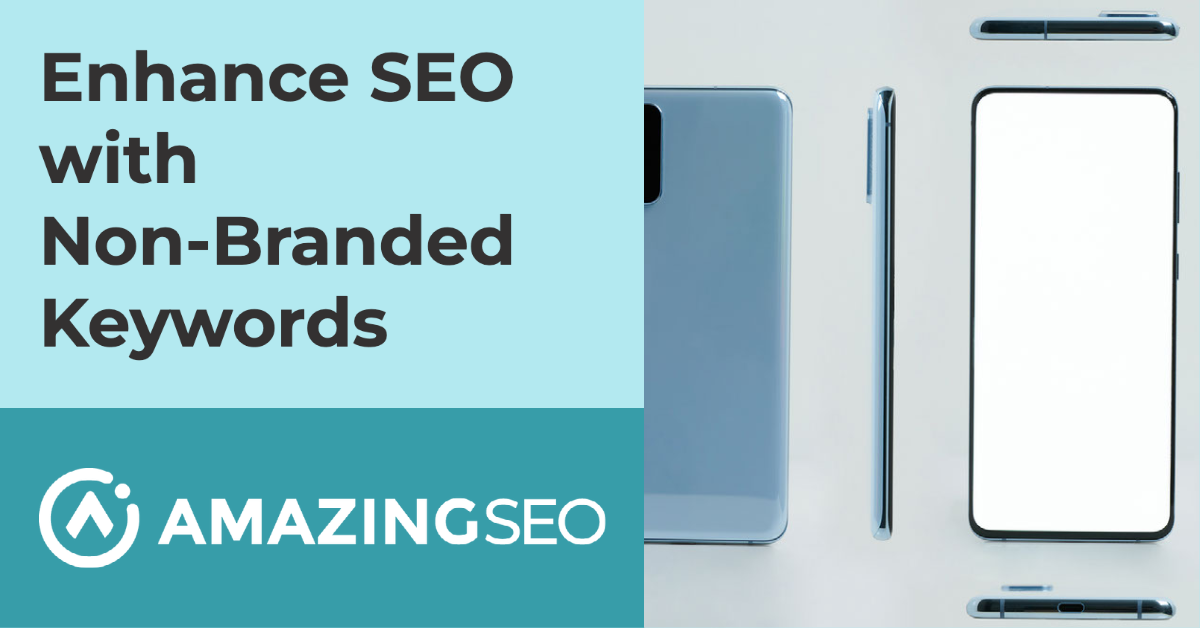Why Its Essential to Create Conversion Tags for Google Ads
July 20, 2023
Google advertising plays a crucial role for many businesses by acting as a digital billboard. When users search for a product or service, your ad has the opportunity to appear at the top of the Google search results page (SERP) in a paid position.
However, there’s a problem. You may have crafted an engaging ad on paper, complete with compelling calls-to-action, captivating graphics, and persuasive copy that you believe will drive user purchases. But, without proper conversion tracking in place, you’ll never truly know how successful your ad is. While you may notice an increase in sales, you won’t have access to key metrics like the percentage of users who actually made a purchase after seeing your ad.
Unfortunately, many businesses fail to configure conversion tracking correctly or neglect to implement it altogether. Its true that Google could do a much better job of clarifying the process of adding conversion tracking to your webpages, but its imperative your business finds a way to implement conversion tracking. This article will discuss the benefits of adding conversion tracking to your digital ad campaigns as well as a brief on the two ways of going about adding conversion code to your pages.
To start, here are the reasons to add conversion tracking to your digital ad campaigns:
Tracking Overall Success with Conversion % and Value
The goal of selling a product is to generate revenue. To achieve that, you need a certain percentage of your clicks to result in paying customers. There are equations that can be used to calculate this, but the key idea is that your business has a specific ad spend and other expenses that need to be recovered. By understanding your average cost per click and the number of conversions required to break even, you can assess the success of your campaign. Unless your business is focused on long-term brand building, it is essential for your campaign to generate profit to be considered successful.
So, how does conversion tracking come into play? It helps you determine if you have achieved your goals. In the case of services, it is recommended to assign a value to each lead. For instance, if your solution costs $200 over the customer’s lifetime and you close 20% of the deals for which someone requested more information, your leads would be valued at $40. You can then apply this to an equation to estimate break even cost to determine if your campaign is successful. If you bring in more revenue than the break even point, then the campaign can be considered a success.
Stronger Data Insights
Not everyone is aware of the level of detail and control available in Google Ads. While you might already know that you can specify demographic and geographic criteria such as age, gender, and location, there’s more to it. Did you know that you can also set different bids for many of these variables? Additionally, you can fine-tune bids based on specific times and days. For instance, if your business experiences higher sales on weekends, you can bid more aggressively during those days, as well as on Thursdays and Fridays, which are closer to the weekend. Conversely, if Mondays are slow, you can lower your bid or even pause ads for that day.
Obtaining this data may not be easy for many businesses, as it relies on the behavior of Google search engine users. You don’t have control over when all your sales occur, such as late at night on a Tuesday. However, by collecting data and identifying the most effective time window for conversions, you can adjust your bids accordingly.
Remove Underperforming Keywords
Keywords can sometimes underperform in various ways, and one tricky scenario is when they lead to conversions but at an excessively high cost. By implementing conversion tracking, Google can provide insights into which keyword searches resulted in conversions. If you discover that a particular keyword is costing an exorbitant amount without delivering satisfactory results, it might be necessary to remove it from your campaign.
Discover New Insights
It is generally advised to allocate approximately 20% of your advertising budget to experiments. These experiments can involve uncertain keywords, automated bidding strategies, and exploring different ad networks. However, without implementing conversion tracking, you won’t be able to determine whether these experiments have effectively improved your campaigns.
Optimize Manual Bidding
Just like you can adjust bid amounts for demographic and geographical data, you can also customize bid amounts for keywords in manual bidding strategies. However, we strongly recommend using manual bidding only if you have successfully implemented conversion tracking. Without a way to track which keywords are generating sales, it is advisable to rely on automated bidding, where the ad network selects appropriate bids on your behalf.
How to Implement Google Ads Conversion Tracking
This section only covers what your two options are for implementing conversion tracking for Google Ads on your web pages. If you require a more in-depth guide on how to implement conversion tracking we recommend your research resources like YouTube videos, or other blog articles.
Generally speaking, implementing Google Ads requires that you add a specific snippet of code on your web page that can connect Google Ads to your pages. When specific coded action are taken like visiting an external URL or clicking a button, Google register that action and count it as a conversion.
Put the Code Snippet Directly on Your Site
The first way to implement conversion tracking is to put the Google Ads tracking code directly on your website. This will allow your site to communicate directly with the Google Ads platform.
To do this on an HTML site, go to:
Go to Tools -> Google Tag -> Installation Instructions.
If you are using a popular CMS like WordPress, you can install the plugin from the WordPress plug-in market.
If you are using an HTML/CSS site. You will need to select “Install Manually” and copy the code into the <head> section of each page on your site.
Now that the main Google Ads code is on your website, you will need to create a conversion action. These are the specific actions you want to track. These should add value to your marketing efforts whether its tracking specific hard goals like sales, or simply collecting insights.
Under “Conversions” Choose “New Conversion Action” and customize the conversion to your desired parameters. Once that is done, you may be asked if you would like the code emailed to you or would like to copy it directly. Simply add this code to each webpage you want tracked in the <head> section of the page. If you already have Google Ads tracking code on your site and choose a simple conversion action to track like loading a URL, Google may not ask you to install any additional code.
the <head> section of the page. If you already have Google Ads tracking code on your site and choose a simple conversion action to track like loading a URL, Google may not ask you to install any additional code.
Once that is done, Google will provide the option to “test” your code via the preview option. If your test is successfully, Google will show “no recent conversions” next to the listed conversion. This will change once you begin converting users.
Use Google Tag Manager
Google Tag Manager is a tool that acts as a connected hub to host all your site tracking code. Google Tag Manager connects to your site with a snippet of code which then allows you to add tracking code to the Google Tag Manager platform, rather than the site itself. It helps businesses that have lots to track stay organized.
To get started with Google Tag Manager, you first need to connect your Google Account, then you must “create account” within the platform. Select the type of content you will be managing. For most sites, “Web” is what you want.
Pro Tip: Use a Simple Conversion Action
After a long time of using Google Ads and implementing conversion tracking both via Tag Manager as well as directly on the site, I highly recommend using a simple tracking method such as a URL to track conversions. For example, when a form is submitted or a checkout is completed, use the final URL that loads to satisfy the conversion trigger.
The reason is that Google Tags can become rather challenging the more complex your conversion target becomes. For example, if there is a button that is integrated into a embedded form, that button will have specific code that will need to be inspected and added correctly to a platform like Tag Manager. Google Ads may not be able to directly track the code via the automated code snippet. This means only businesses that have a strong understanding of web code should use more complex triggers or else the tag will not fire at all.
Conclusion
There are more reasons than this to implement conversion tracking, but these are the most important reasons for most businesses.
As you become increasingly comfortable with Google Ads and conversion integration you will be able to implement tracking code quicker, and more efficiently.
However, we find that many businesses still struggle to properly integrate tracking code. The experts at Amazing SEO have experience integrating conversion tracking and helping businesses both measure and meet goals. If you need additional assistance managing your PPC campaigns, consider contacting us about
Recent Blog Posts
Will Outbound Links Help Your SEO?
There's a common belief that including links to well-known websites like CNN or Wikipedia can boost your web pages' search algorithm ranking. However, the reality is that these links won't significantly improve your SEO. While [...]
Why Its Essential to Create Conversion Tags for Google Ads
Google advertising plays a crucial role for many businesses by acting as a digital billboard. When users search for a product or service, your ad has the opportunity to appear at the top of the [...]
Pinterest SEO Guide: How to Stand Out on This Platform Shoppers Love
Pinterest has become a popular social media platform for brands to connect with influencers and consumers. This image-focused site allows users to discover and save images from the internet onto boards, making it ideal for [...]
How to Structure Google PPC Ad Campaigns
Google Ads are a highly effective and easy-to-use form of advertising that businesses of all sizes can take advantage of. With a 4.85% click-through rate (CTR), Google outperforms Facebook's 1.32% CTR. Additionally, Google's average cost-per-click [...]
Why Focus on SEO During a Recession
Businesses of all sizes are feeling the pinch as we enter into a recession. Budgets are being slashed, and marketing is often one of the first areas to be cut. But while it may be [...]
How to Use non-branded keywords for SEO
While it can often seem like branded keywords, “Nike shoes”, “Apple computer”, “Samsung phone” “Nestle hot chocolate” dominate the internet, these branded keywords aren’t the only terms users search for. In fact, many consumers are [...]





